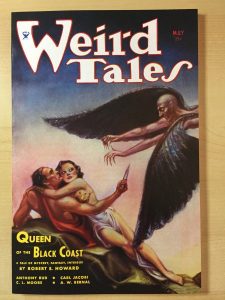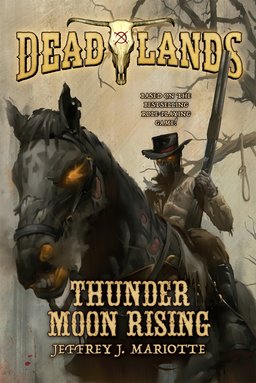New Treasures: Worst Contact, edited by Hank Davis
 |
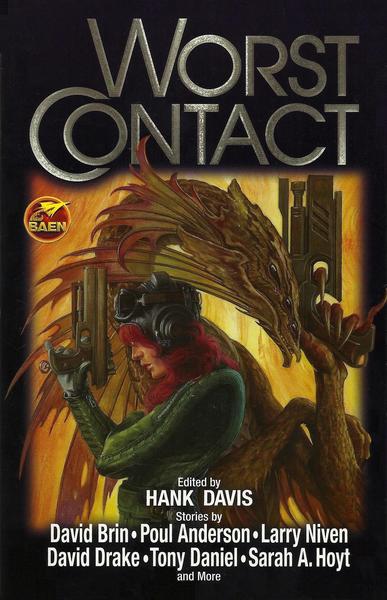 |
No one out there today is doing the work Hank Davis is doing — collecting vintage SF and fantasy into handsome mass market anthologies.
Yes, Paula Guran (Street Magicks, Weird Detectives) and Neil Clarke (Galactic Empires) are producing great reprint anthologies — but they both focus almost exclusively on 21st Century authors. Davis is the one serious editor left still plumbing the pulps and vintage SF magazines of the mid-20th Century, and putting authors like Murray Leinster, John W. Campbell, and Poul Anderson into mass market. His recent books (including Things From Outer Space and In Space No One Can Hear You Scream) include some of my very favorite recent anthologies.
While we’re on the topic (and since it’s, y’know, timely), I should also mention he’s also the only SF editor in recent days to do Christmas anthologies, like A Cosmic Christmas and A Cosmic Christmas 2 You.
His first anthology of 2016 was Worst Contact, a collection of tales of alien contact gone wrong. It contains two of my all-time favorite SF stories, Terry Bisson’s brilliant “They’re Made Out of Meat,” the story of an alien survey team that makes a profoudly disturbing discovery on the backwater planet Earth, and Fredric Brown’s chilling and powerful “Puppet Show,” in which the US Army is called in to greet a strange alien and his donkey walking out of the desert.


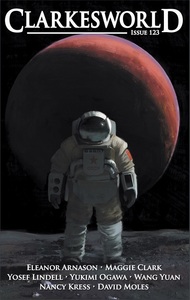
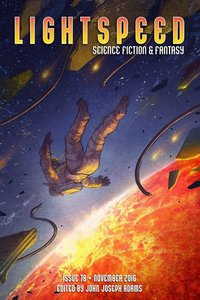

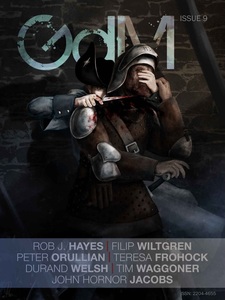
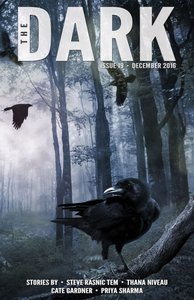
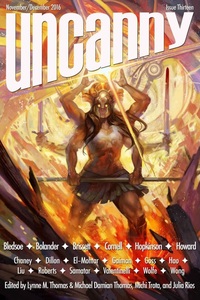
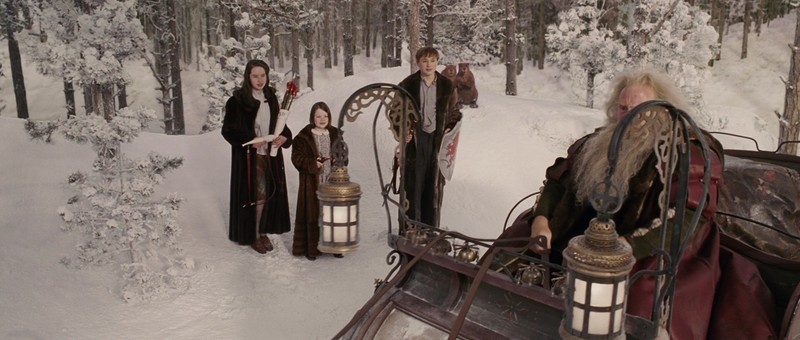
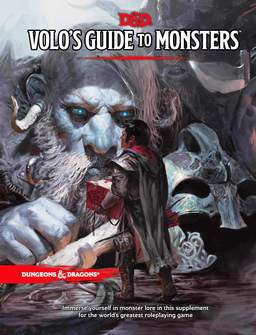
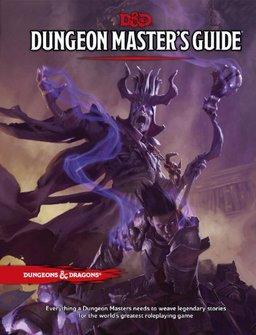


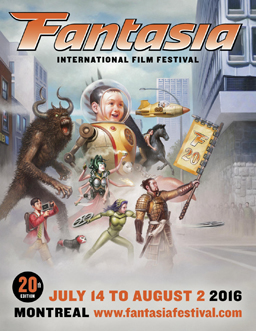 Having finally posted reviews of all the movies I saw at the 2016 Fantasia International Film Festival, I want by way of conclusion to think about what I’ve learned. I don’t just mean about film, or about the film industry. But about genre, and what genre does, and how it works on film.
Having finally posted reviews of all the movies I saw at the 2016 Fantasia International Film Festival, I want by way of conclusion to think about what I’ve learned. I don’t just mean about film, or about the film industry. But about genre, and what genre does, and how it works on film.